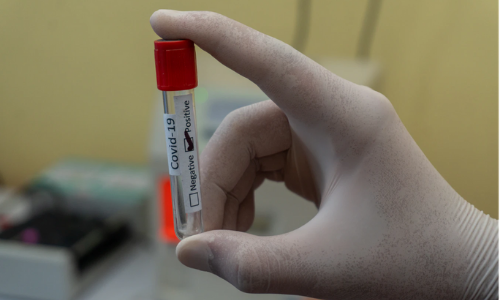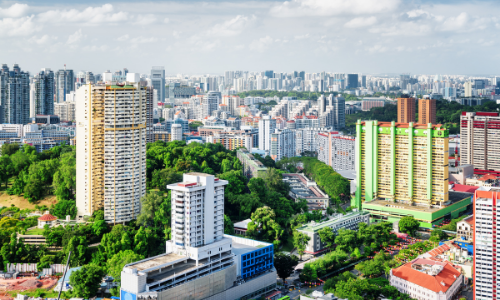
Since the start of the COVID-19 pandemic, the Singaporean government has taken steps to slow the spread of the virus. One way the government has done this is by regulating migrant workers. Throughout the pandemic, Singapore’s migrant worker population has contracted the coronavirus at a higher rate than residents of Singapore. Some speculate that this is at least in part due to the living and working conditions many of these workers face, particularly the fact that they reside in highly populated dormitories.
There are over 450,000 migrant workers living and working in Singapore at present. In December, a government-wide study showed that nearly half of Singapore’s foreign worker population tested positive for COVID-19 at some point since the pandemic’s start. Migrant workers have also made up the vast majority of the total number of positive COVID tests in Singapore. Read on to learn about some of the efforts Singapore’s government has undertaken to stop the spread of COVID-19 in foreign worker dorms.
Back in April 2020, Singapore’s migrant worker community was quarantined in dormitories. These dormitories are highly dense residential complexes where migrant workers reside when they are not working. For much of the last year, this group of migrant workers had their freedom of movement largely restricted. Every migrant worker that lives in a dormitory and some workers that work in certain sectors undergo rostered routine testing (RRT) every 14 days, which allows the government to stay abreast of new infections and isolate COVID positive workers early. Now that the high infection rate within the dormitories is back under control and more stabilized, the government has transitioned the dorms into Phase 3 along with the rest of the country.

Phase 3 ushers in a few significant changes for Singapore’s migrant workers. According to Singapore’s Health and Manpower ministries, “We will start a pilot scheme in the first quarter of 2021 to allow migrant workers in some dormitories to access the community once a month, subject to compliance with rostered routine testing (RRT), wearing of contact tracing devices, and safe living measures.” Migrant workers can also now access communal facilities in the dormitories, which allows them to take advantage of amenities like cooking stations and sports facilities. On top of this, they can also now visit recreational centres more often to address their daily needs.
As 2021 continues, the government will continue to frequently conduct Rostered Routine Testing of this group of workers. Though restrictions for migrant workers have lessened, Phase 3 looks very different for the rest of the country. Residents of Singapore can socialize with fewer restrictions, visit malls and shops, attend live music performances, and more. Migrant workers in high-risk dorms will be among the first people in Singapore to receive the COVID-19 vaccine, which will likely keep the infection rate low and keep these workers safe. Researchers are also studying the antibodies of migrant workers and who tested positive for COVID-19 and have since recovered to see how their antibodies change over time. As described by the Second Minister for Manpower, Dr. Tan See Leng, “Our migrant workers’ contributions to Singapore are immense, and it is our responsibility to ensure they are well and can return safely to their families.”
